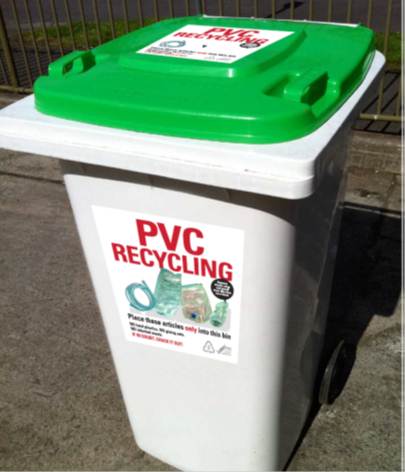A healthcare recycling program implemented in Australia is now being adopted overseas.
Sophi MacMillan, CEO of the Vinyl Council of Australia wrote in sourceable that polyvinyl chloride (PVC) plastics medical products are used in up to 95 per cent of healthcare facilities across Australia and New Zealand.
She wrote that the Australian PVC Recycling in Hospitals program is being adopted in the UK, North America and South Africa, driven by passionate medical staff concerned by the growing consumption and waste of resources in the healthcare sector.
Ms MacMillan argued the program had paved the way to recover and recycle other plastics and materials from healthcare.
But she conceded that working with hospitals to implement systems and infrastructure permitting recycling posed some challenges in the design of the buildings.
“When it comes to hospital development, waste management is not a top design priority, and nor should it be compared to patient comfort and outcomes. But as a building type, hospitals generate significant – and growing – volumes of waste: food, plastics, metals, glass, paper and cardboard. And this waste generation represents a sizeable operational cost over the building lifetime,” she wrote.
She noted the World Health Organisation found that high income countries such as Australia produced over 3.3 kilograms of waste per bed per day, 85 per cent of which is generally non-hazardous/non-infectious waste.
“In part, this waste generation has been driven by improved infection control which has led to increasing adoption of single-use, disposal medical products.
“Much of this is plastic material and 30 to 40 per cent of that is PVC. These items, such as oxygen masks and tubing, fluid solution bags, bottles and containers, are treated as general waste in Australia, and have traditionally gone to landfill at a cost to the hospital.”
She wrote that older hospitals were not designed to cater for this growth in waste, with insufficient floor space for placement of bins in medical areas and interim storage space for bins of collected waste.
“If healthcare facilities are going to meet commitments to waste management principles, they need to implement comprehensive systems to facilitate segregation of wastes at source in medical areas and the safe movement of waste through the hospital to the loading dock for transportation away from the site.”
“It requires forward thinking design of safe and efficient systems for collecting, handling, storing, transporting, treating, recycling and disposing of healthcare wastes.”
Ms MacMillan wrote that this required forward thinking in planning the location and size of waste storage rooms, holding areas sufficient for segregated waste streams, internal waste movement routes and a layout and design of loading docks with space for balers and compactors, recycling bins and other transport and storage facilities.



